Empowering Birth Choices: Exploring Different Birthing Options
The journey to parenthood is a deeply personal and transformative experience, and making informed decisions about birthing options is a crucial aspect of this process. In recent years, there has been a growing recognition of the importance of personalized and woman-centred care, allowing expectant parents to actively participate in decisions related to labour and delivery. Empowering birth choices involves understanding and exploring various birthing options to align with individual preferences, values, and health considerations.
What are the types of delivery methods or birthing options
There are various birthing options or delivery methods available to expectant parents. The choice of birthing option depends on individual preferences, health considerations, and the course of the pregnancy. Here are some common types of delivery methods or birthing options:
Vaginal Birth:
- Vaginal birth is the most common and natural method of delivery. It involves the baby passing through the birth canal during labor and delivery.
- Generally shorter recovery time, fewer complications, and immediate bonding between the mother and baby.
- Vaginal birth is not suitable for all pregnancies, and medical conditions or complications may necessitate alternative methods.
Cesarean Section (C-Section):
- Cesarean section is a surgical procedure in which the baby is delivered through an incision made in the mother’s abdomen and uterus.
- Necessary in cases of certain medical conditions, emergencies, or when vaginal birth poses risks to the mother or baby.
- Longer recovery time compared to vaginal birth, and it is typically recommended when other delivery methods are not feasible or safe.
Water Birth:
- Water birth involves laboring or delivering in a tub or pool of warm water. The baby may be delivered either in the water or lifted out for the final stage of delivery.
- Increased relaxation, pain relief, and a gentle transition for the baby from the womb to the external environment.
- Suitable for low-risk pregnancies, and adherence to safety guidelines is essential.
Home Birth:
- Home birth takes place in the comfort of the expectant mother’s home, usually attended by a certified midwife or qualified healthcare provider.
- Familiar environment, personalized care, and potential for a less clinical and intervention-focused experience.
- Not recommended for high-risk pregnancies, and emergency medical assistance may be limited compared to hospital settings.
Birth Center Birth:
- Birth centres provide a home-like setting with midwives and medical facilities. They offer a middle ground between hospital and home births.
- Low-intervention options, personalized care, and a comfortable environment.
- Birth centers may have specific eligibility criteria, and proximity to a hospital in case of emergencies should be considered.
Assisted Vaginal Birth:
- Assisted vaginal birth involves the use of tools such as forceps or a vacuum extractor to assist in delivering the baby through the birth canal.
- Facilitates a vaginal birth when there are complications or challenges, minimizing the need for a cesarean section.
- The decision for assisted vaginal birth is made based on the circumstances and healthcare provider’s assessment.
Doula-Assisted Birth:
- Doulas provide emotional, physical, and informational support to the expectant mother during labor and childbirth. They do not replace medical professionals but complement the healthcare team.
- Continuous support, advocacy, and assistance in navigating birthing choices.
- Doulas focus on emotional support rather than medical interventions.
Planned Induction:
- Planned induction involves initiating labor artificially using medications or other methods when it is deemed necessary for medical reasons.
- May be recommended in cases of medical conditions, post-term pregnancies, or other concerns.
- Induction is a medical intervention and is typically done when the benefits outweigh the risks.
Expectant parents need to discuss their birthing preferences with healthcare providers early in pregnancy, considering factors such as health status, medical history, and any specific considerations related to the pregnancy. A collaborative approach between the expectant parents and the healthcare team helps ensure that the chosen birthing option aligns with both individual preferences and optimal health outcomes.
What is the most popular birthing option?
The most popular birthing option remains hospital births, particularly in urban and semi-urban areas. This preference is influenced by a combination of cultural, medical, and socio-economic factors that have shaped the landscape of maternity care in the country.
Hospital Births:
- Hospitals are the primary choice for childbirth in India, with a majority of expectant parents opting for this setting.
- Access to medical expertise, advanced technologies, and emergency interventions in case of complications contribute to the popularity of hospital births.
- There is a prevailing cultural belief in the safety and security offered by hospitals, aligning with the importance placed on ensuring a smooth and medically supervised delivery.
In rural areas, where access to healthcare facilities can be limited, alternative options such as home births or community health centres may be more common. Additionally, the landscape is evolving, and there is a growing recognition of the need for respectful maternity care, which includes exploring alternative birthing options such as birthing centres and midwife-assisted births.
What is the safest birthing option?
Each birthing option has its own set of advantages and considerations, and what may be safest for one individual may not be the same for another. Expectant parents must discuss their specific circumstances with healthcare professionals to make informed decisions. Here’s an overview of considerations for some common birthing options:
Hospital Birth:
- Immediate access to medical interventions, emergency care, and specialized medical professionals.
- Hospitals are well-equipped to handle complications, making them a safe option, especially for high-risk pregnancies.
Home Birth:
- Familiar environment, potential for reduced medical interventions, and personalized care.
- Home births are generally considered safe for low-risk pregnancies. However, access to emergency medical interventions may be limited compared to hospital settings.
Birthing Center Birth:
- Lower intervention rates, a homelike setting, and the presence of midwives.
- Birth centers are suitable for low-risk pregnancies, and they are often located in close proximity to hospitals for emergencies.
Water Birth:
- Buoyancy and pain relief, potentially reducing the need for medical interventions.
- Suitable for low-risk pregnancies, and adherence to safety guidelines is essential to minimize infection risks.
Assisted Vaginal Birth:
- Facilitates vaginal birth when there are complications, minimizing the need for cesarean sections.
- The decision for assisted vaginal birth is made based on the circumstances and healthcare provider’s assessment.
Cesarean Section (C-Section):
- Necessary for certain medical conditions or emergencies, ensuring the safety of the mother and baby.
- While a C-section is a safe option when medically indicated, it involves a longer recovery time compared to vaginal births.
The safety of the birthing option depends on factors such as the mother’s health, the presence of risk factors, and the ability to access emergency medical care when needed. Expectant parents must engage in open discussions with their healthcare providers, consider their circumstances, and make informed decisions that prioritize the well-being of both the mother and the baby.
FAQS
- What are the different types of prepared childbirth?
Prepared childbirth refers to the process of actively learning about and planning for labour and delivery. Various methods aim to educate expectant parents on what to expect during childbirth and how to cope with the process. Some common types of prepared childbirth classes include:
Lamaze Method: Focuses on breathing techniques, relaxation, and informed decision-making during childbirth.
Bradley Method: Emphasizes natural childbirth, relying on deep breathing, relaxation, and the support of a partner (husband-coached childbirth).
Alexander Technique: Focuses on body awareness, posture, and movement to improve balance and coordination during labor.
Icea (International Childbirth Education Association): Offers a comprehensive approach covering physical, emotional, and informational aspects of childbirth.
Birthing From Within: Encourages self-discovery and art-based activities to explore the emotional and spiritual dimensions of childbirth.
The Bradley Method: Known as Husband-Coached Childbirth, it involves partner-coached relaxation and deep-breathing techniques.
Mindfulness-Based Childbirth and Parenting (MBCP): Integrates mindfulness meditation practices to enhance coping skills during pregnancy, childbirth, and parenting.
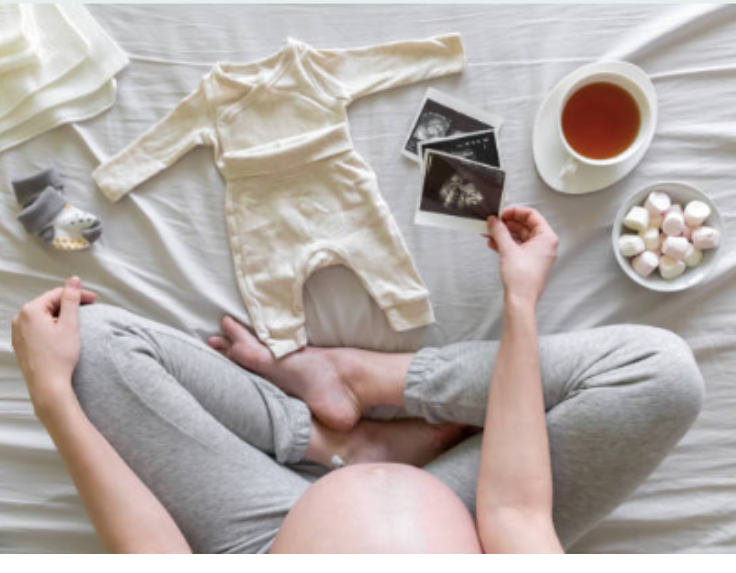
- What is the most popular birthing option?
The popularity of birthing options varies based on cultural, regional, and individual factors. In many Western countries, hospital births are the most common and widely accepted choice. In India, hospital births are also prevalent, driven by factors such as access to medical interventions, perceived safety, and government initiatives promoting institutional deliveries.
- What is the safest birthing option?
Determining the safest birthing option involves considering various factors, including the mother’s health, the presence of complications, and the availability of medical interventions. Hospitals are generally considered the safest option, particularly for high-risk pregnancies, as they offer immediate access to medical care and emergency interventions. However, the safety of the birthing option is context-specific, and expectant parents should discuss their specific circumstances with healthcare professionals to make informed decisions. Home births and birthing centres may be considered safe for low-risk pregnancies, provided there is access to emergency medical care if needed.



















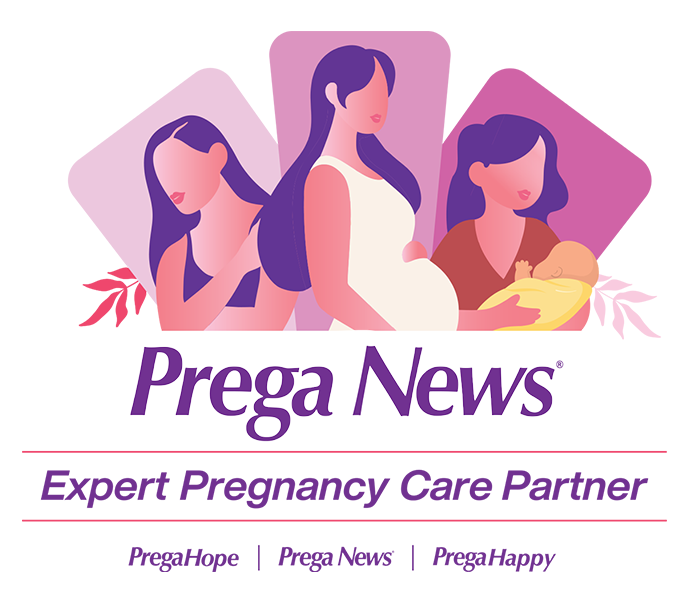

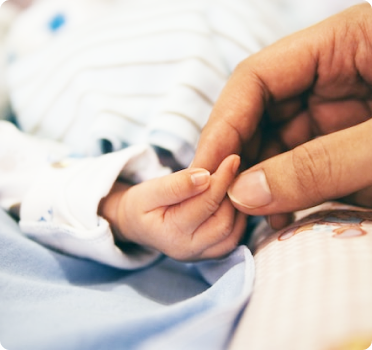











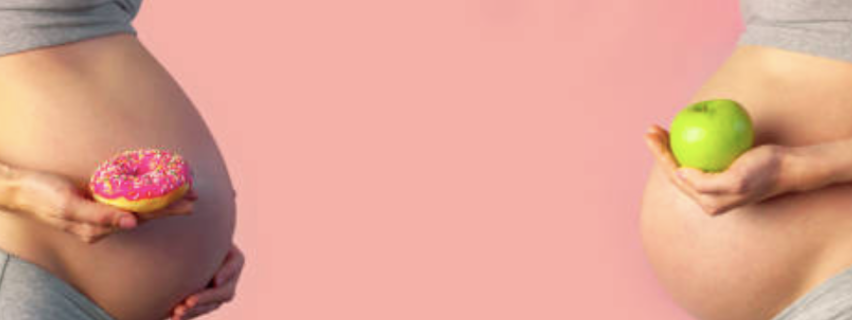
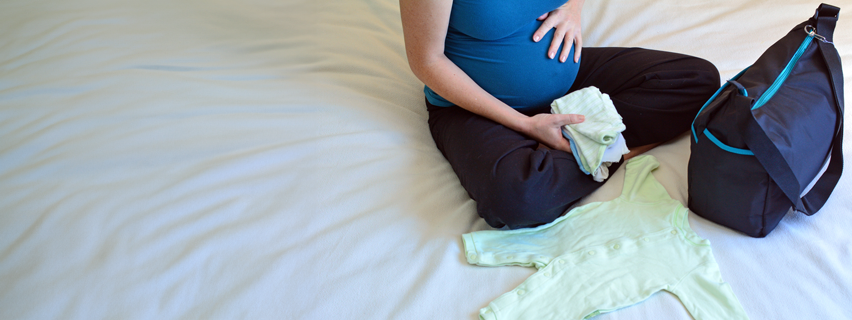







Leave a comment